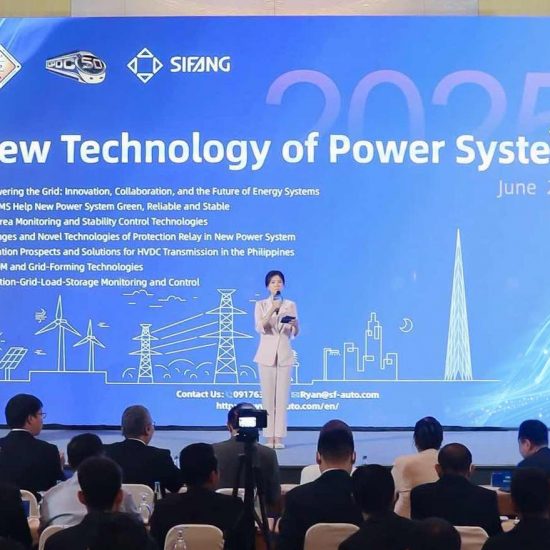The announcement of Saudi Aramco’s plan to sell shares on the public market has generated significant buzz in the financial world. This highly anticipated initial public offering (IPO) comes after years of speculation and strategic maneuvering by the Saudi government. Understanding the context of this offering and the initial investor response is crucial to assess its potential impact on Aramco and other government-owned oil companies (GCC) in the region.
Saudi Aramco, formally known as the Saudi Arabian Oil Company, is a behemoth in the global energy sector. Sitting atop the world’s second-largest proven oil reserves, Aramco boasts a long history of consistent production and plays a pivotal role in the global oil supply chain. In recent years, the company has embarked on an ambitious diversification strategy, aiming to expand its downstream operations and invest in renewable energy sources.
This strategic shift aligns with Saudi Arabia’s Vision 2030, a comprehensive plan to modernize the kingdom’s economy and reduce its dependence on oil revenue. A crucial element of this vision is unlocking the value of Aramco through a partial IPO. The proceeds from the offering are expected to fuel investments in new industries and infrastructure projects, fostering economic diversification and job creation.
News of Aramco’s IPO has sparked excitement among investors, particularly in the Middle East and Europe. Informal interest has reportedly surpassed $10 billion, exceeding initial expectations. This strong response can be attributed to several factors.
Firstly, Aramco’s dominant market position and consistent production history offer a level of stability and security attractive to investors in a volatile oil market. Secondly, the potential for a discount on the offering price compared to Aramco’s current market valuation could entice bargain-hunters seeking long-term value. Finally, the regional focus of the initial interest aligns with Aramco’s IPO strategy, which prioritizes attracting investment from within the Middle East and neighboring regions.
The strong regional interest in Aramco’s offering serves as a positive indicator for other GCC oil giants contemplating similar share offerings. Companies like ADNOC (Abu Dhabi National Oil Company) and QatarEnergy may be emboldened by Aramco’s initial success, suggesting a potential appetite for GCC oil stocks within the region. This could pave the way for a wave of IPOs in the GCC, unlocking capital for further investment and economic development.
However, it’s important to acknowledge that Aramco’s unique position and the specific investment strategies of regional players may not be easily replicated. Other GCC companies may not possess the same scale and reserves as Aramco, and some may struggle with transparency concerns that could deter investors. Additionally, the global oil market is subject to significant fluctuations, and investor sentiment can change rapidly.
The ultimate success of Aramco’s IPO will hinge on the final pricing and terms of the offering. Striking a balance between attracting strong investor interest and maximizing revenue for the Saudi government will be crucial. The offering’s performance will be closely watched by other GCC oil companies, potentially serving as a blueprint or cautionary tale for their own IPO aspirations.
In conclusion, Aramco’s upcoming share offering presents a significant development for the global energy sector and the economies of the GCC region. The initial strong investor response is a positive sign, but long-term success will depend on careful execution and navigating the complexities of the global oil market. Aramco’s IPO could serve as a catalyst for further economic diversification in the region, but each GCC company will need to carefully consider its own strengths and weaknesses before following suit.
Also published on Medium.





